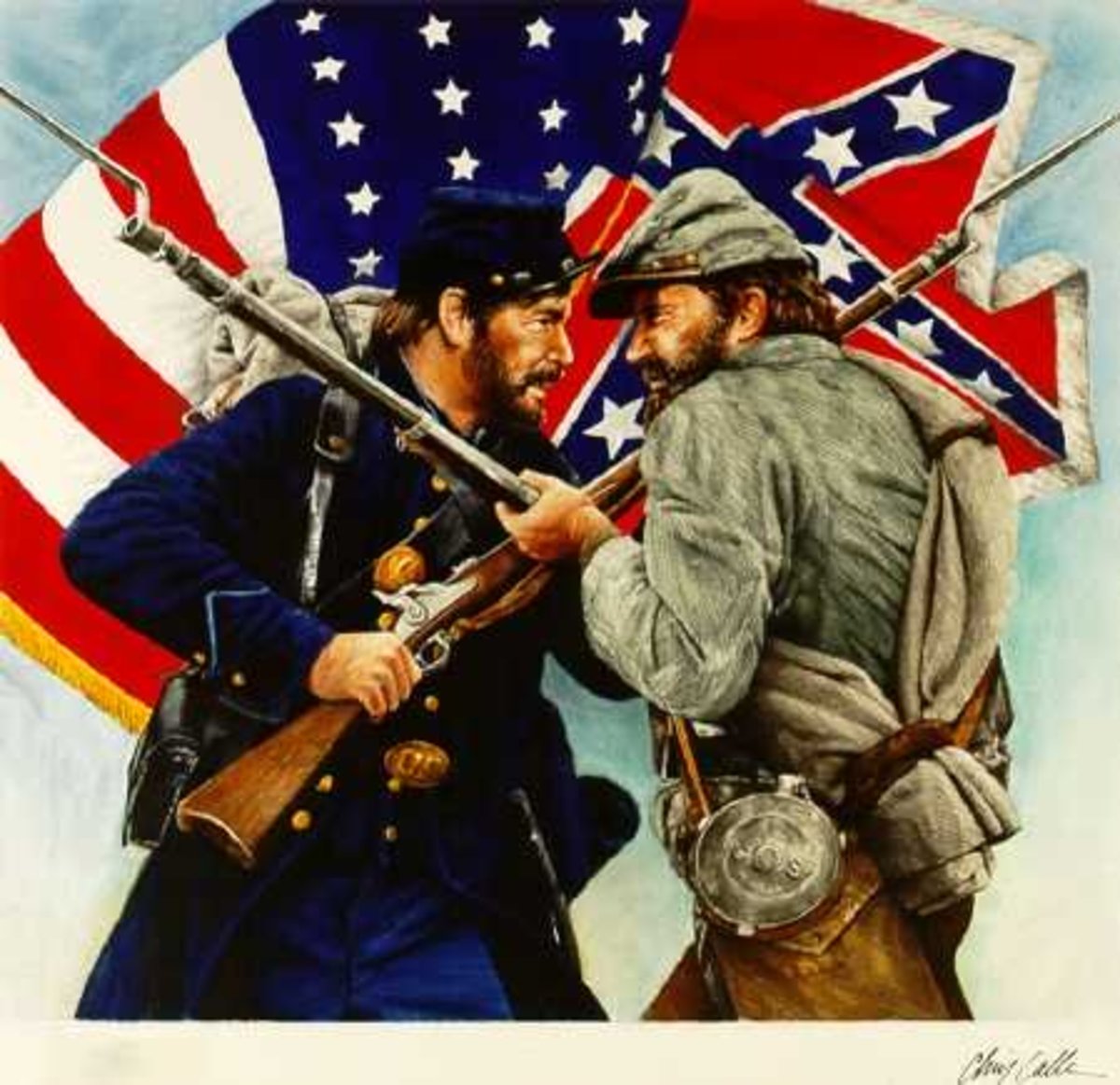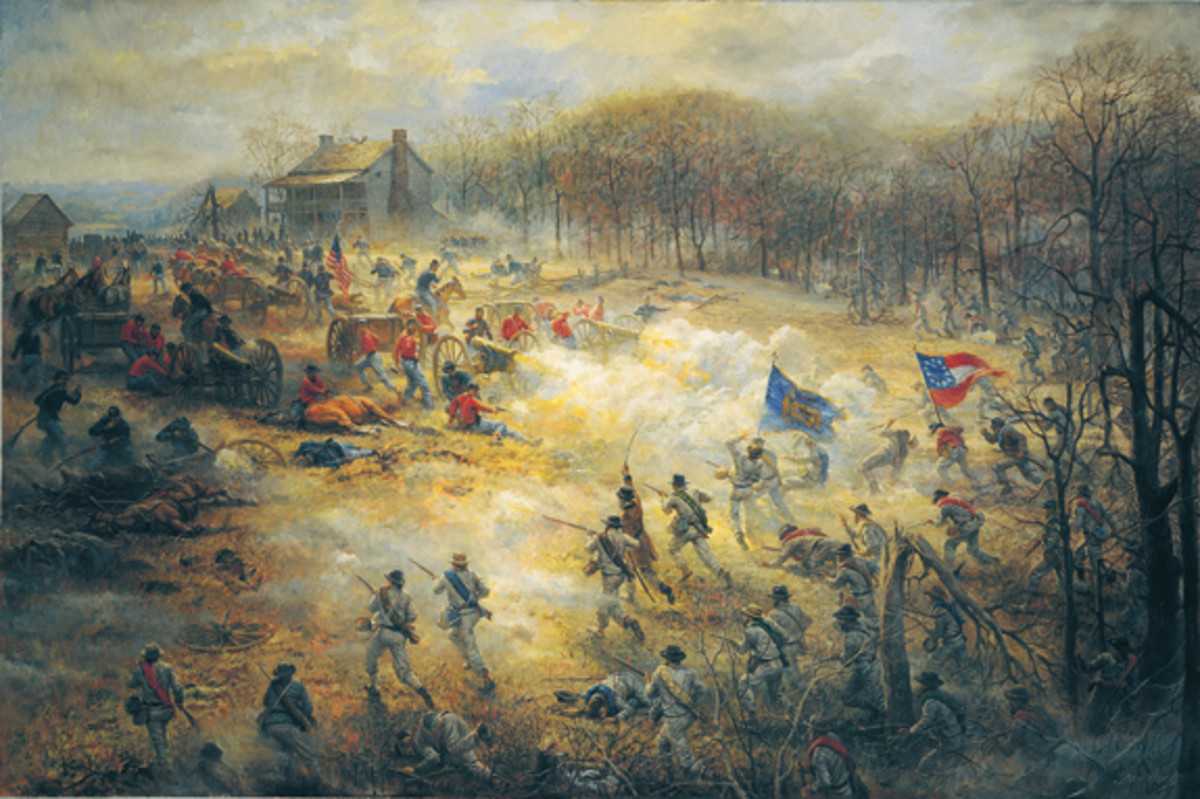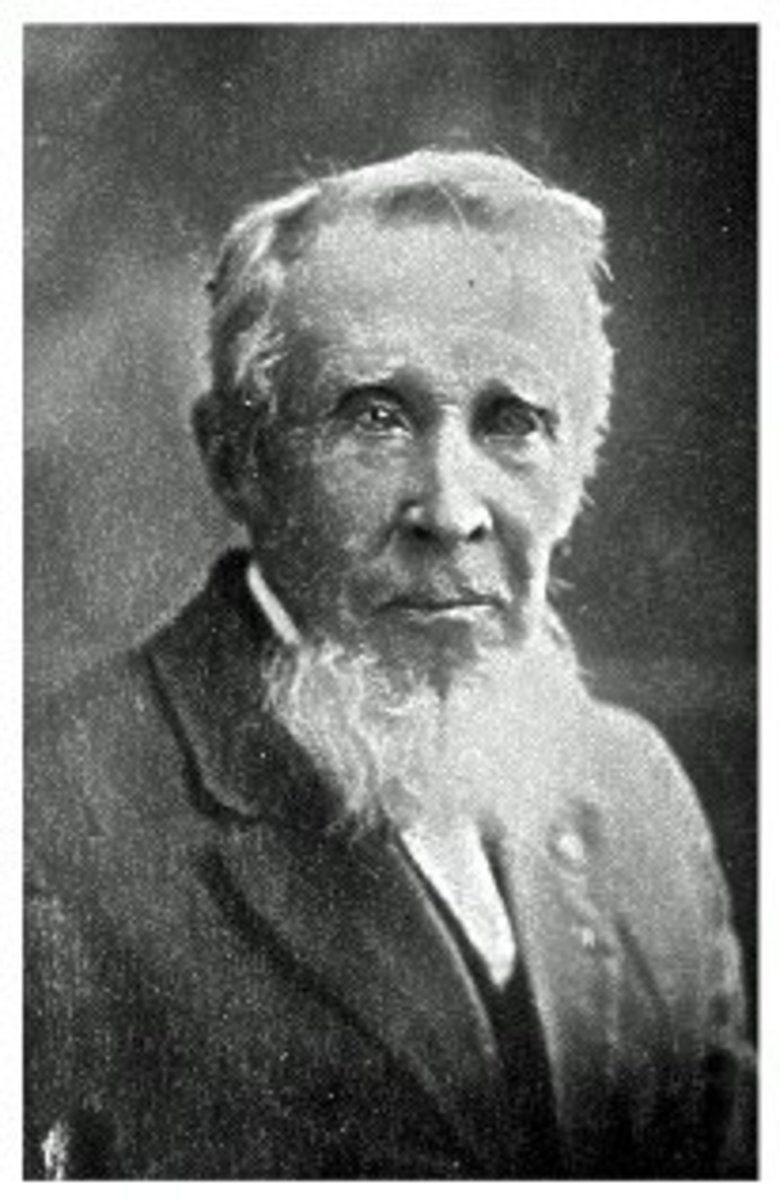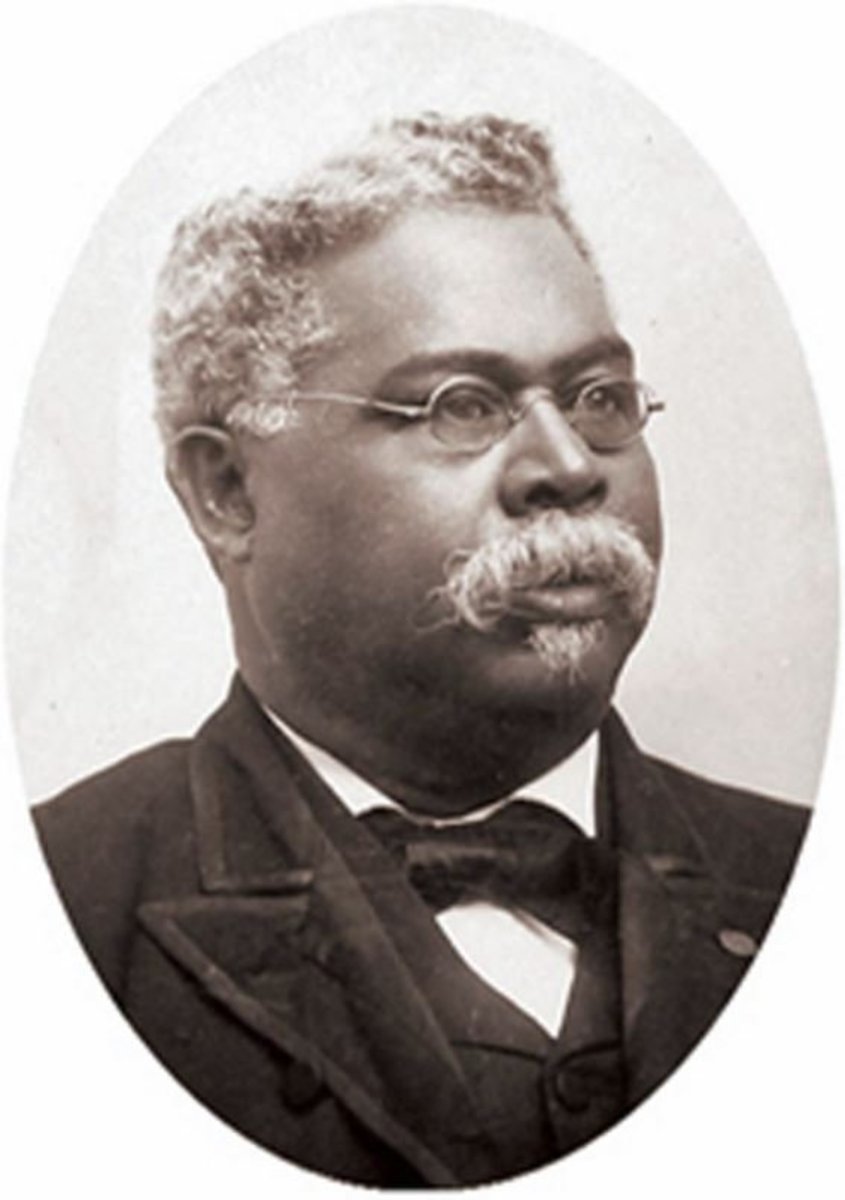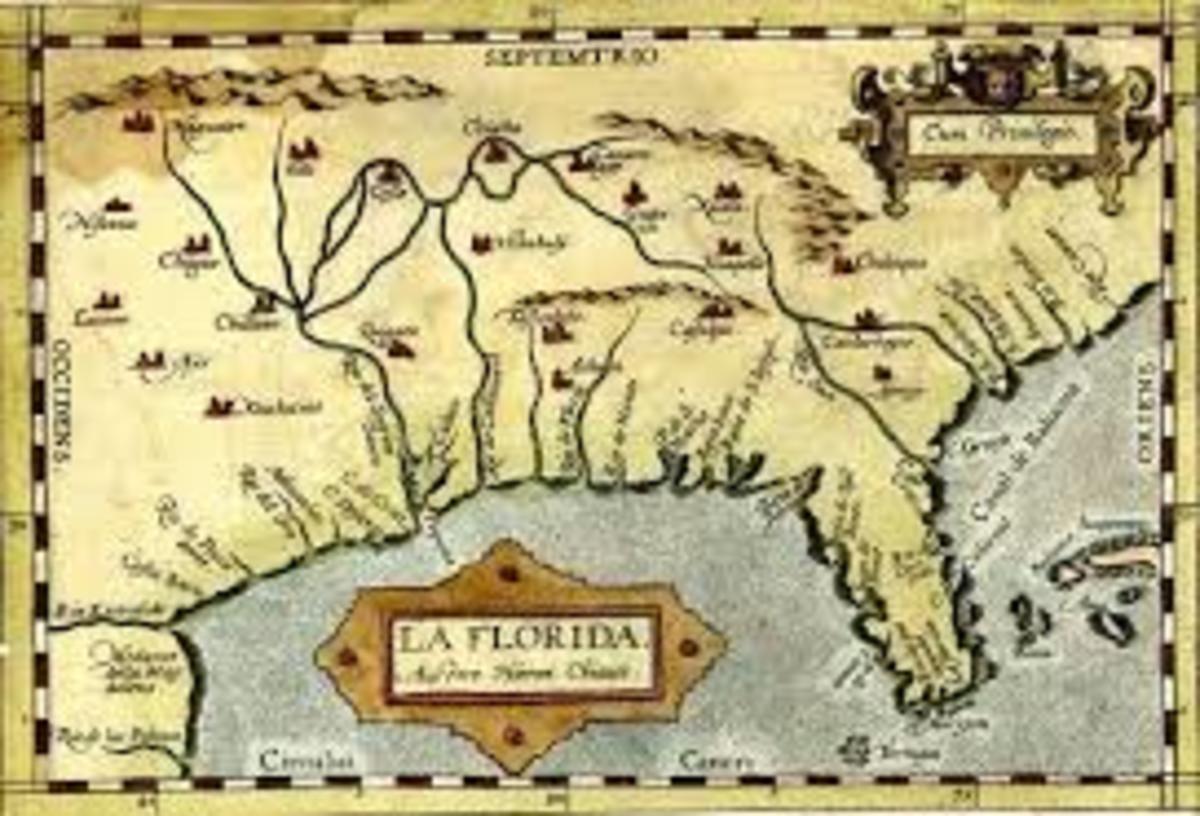- HubPages»
- Education and Science»
- History & Archaeology»
- History of the Americas»
- American History
The Final Day for the Army of Missouri: The Battles of Marais des Cygnes, Mine Creek and Marmiton River
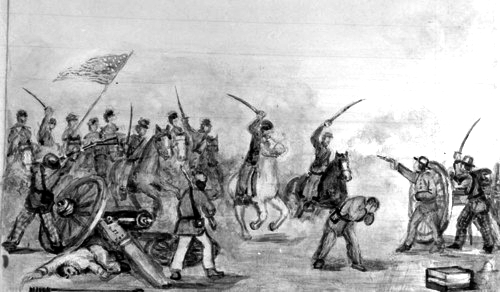
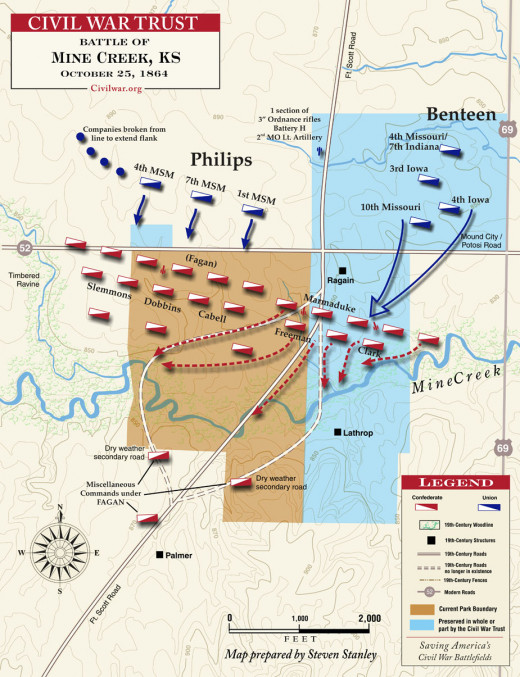
Early in the morning hours of 25 October, 1864, Confederate Major General Sterling Price was retreating as fast as he could to more friendly territory to his base in Arkansas after what many consider the final blow to his Rebel army at the Battle of Westport just two days before. In pursuit were the Union forces under the command of Major General Alfred Pleasonton. Three conflicts took place as the southerners retreated. These conflicts were all Union victories and would ultimately be the final straw in the great Missouri Raid of 1864. Price had intended on securing Missouri for the Confederacy, gaining southern sympathizing supporters, take pressure off the losses in the eastern theater and to install a southern governor at the capital in Jefferson City. None of these happened and his raid in turn had exactly the opposite effect it had intended.
The Battle of Marais des Cygnes was the first of three battles that took place on 25 October 1864. Sterling Price’s rear guard was covering the retreat of the Confederates as they crossed the Marais des Cygnes River. It was an extremely dark night, with considerable rain. According to C.S.A. Lieutenant Colonel L. A. MacLean, Assistant Adjutant-General of Price’s Army,
Before I had gone a mile from the encampment (on the Marais des Cygnes) of the night before, I received an order from General Marmaduke to form my brigade in line of battle, as the enemy had again appeared in our rear. I remained in that position until 10 o'clock; no engagement with small-arms; retiring from that position in line of battle. The enemy, 800 or 900 yards distant in line of battle, followed us. We were now well out on a prairie that seemed almost boundless. At the distance of a mile General Marmaduke directed me to halt, which we did. The enemy coming on with a steady advance approached very near in largely superior force. We retired at a trot, the enemy in close pursuit. We continued this was, each holding about the same position, across a flat prairie some four miles, when we came suddenly upon the trains halted, the delay occasioned by a deep ravine, the enemy not more than 500 yards in our rear. There was no time to make any but the most rapid dispositions for battle.
The relentless push by the Federals finally forced the Confederate rear guard to stop and fight. Major General Samuel Curtis related later that in a communique to his commanding officer that between the hours of 0000 and 0300, they had met the enemy, but had not exchanged fire as they pursued the rebels. However, things changed at 0300 when Curtis sent Major Hunt and three companies of the Second Colorado to attack and by 0400 had a message sent to General Sanborn, who leading the advance party to open with artillery. Major R.H. Hunt rode up from the skirmish lines and begged them to cease firing from that point as the shells were falling on their own men, who had already been driven from their positions in a disorganized retreat.
Daylight began to approach and the rebels deserted their camp and began taking down trees but the Federal push was so strong that the rebels, in disarray, fled in disorder leaving “cattle, camp equipment, negroes, provisions partly cooked, and stolen goods.. scattered over miles of the forest camp.” According to General Curtis’ report, “Few were killed on either side as the night and early morn attack created a general fright in the rebel lines and only random shots on either side.”
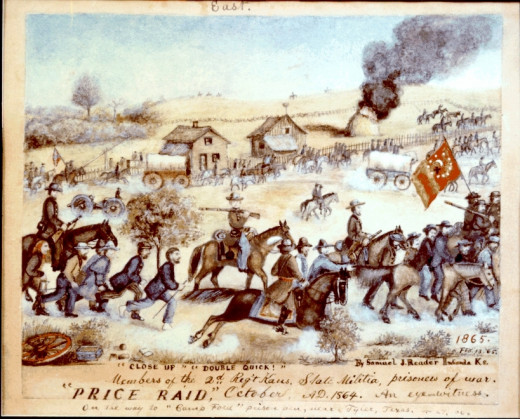
The battle at Marais des Cygnes ended and the Union forces continued to pursue the Confederates unabated. About three miles north of Mine Creek, a branch of the Osage River, the Confederates again formed up as they were once again stopped by river to cross. Pleasonton's advance brigade, consisting of Colonel's Frederick Benteen (commanding the Iowa, Indiana and other troops) and John Philips (commanding the Missouri troops), moved forward, and Benteen, made dash to the rebels right flank, surrounding them and in the process captured two Confederate Generals, John Marmaduke and William Caball and killed Confederate General Graham. They also captured and killed many other officers and soldiers. The Federals continued to push and as the number of Price's men began to dwindle they crossed Mine Creek and skirmished between the creek and the Osage, according to Curtis' report, another two hours in a line that extended for several miles. Mass confusion reigned on the battlefield, as many of Price's men had donned captured Union uniforms, making it harder to distinguish between them and real Union soldiers. General Curtis made it a point to explain the terrain they were fighting on as being,
mostly a prairie country the troops of both armies were in full view, and the rapid onward movement of the whole force presented the most extensive, beautiful, and animated view of hostile armies I have ever witnessed. Spread over vast prairies, some moving at full speed in column, some in double lines, and others as skirmishers, groups striving in utmost efforts, and shifting as occasion required, while the great clouds of living masses moved steadily southward, presented a picture of prairie scenery such as neither man nor pencil can delineate.
The speed and ferocity of the Federal attack, even though they were numerically outnumbered, completely took the retreating rebels by surprise and threw them into a mass of disarray. While the southerners who fought did so with valor, many chose to flee. General Price briefly returned but was now in quick haste to attempt to get to Fort Scott.
As the afternoon wore on the Confederates once again found a river blocking their escape route. Once again, Price and the Confederates had to make a stand. Brigadier General John McNeil headed the Union attack against rebels that were rallied by Price and his officers. Many of these men were even unarmed but began their assault on the Federals. McNeil not knowing the actual size did not mount a full assault and after two hours of skirmishing could not at this point effectively pursue what was left of Price's army. According to General Curtis' report,
The distance traveled during the day and the frequent conflicts in which we had been engaged during the four previous days and nights had indeed exhausted men and horses; still it was my earnest desire to rest on the field, sending to Fort Scott for food and forage. But ammunition and other supplies were also necessary, and the erroneous statement of the distance to Fort Scott irresistibly carried my main forces to that place of abundant supply. The enemy burned a vast number of his wagons and destroyed much of his heavy ammunition, so as to materially accommodate his farther retreat. Thus all our troops, some on the field of battle at Charlot and the remainder at Fort Scott, rested a few hours of the night of the 25th and 26th.
With no more pursuers and really nothing left of his Army, Price limped back to Arkansas. His grand plan to claim Missouri for the Confederacy not only ended in failure but came with a great loss of life. The plan was doomed from the beginning as they marched on Fort Davidson in southeast Missouri and finally, almost exactly one month later was laid to rest in southeastern Kansas.


